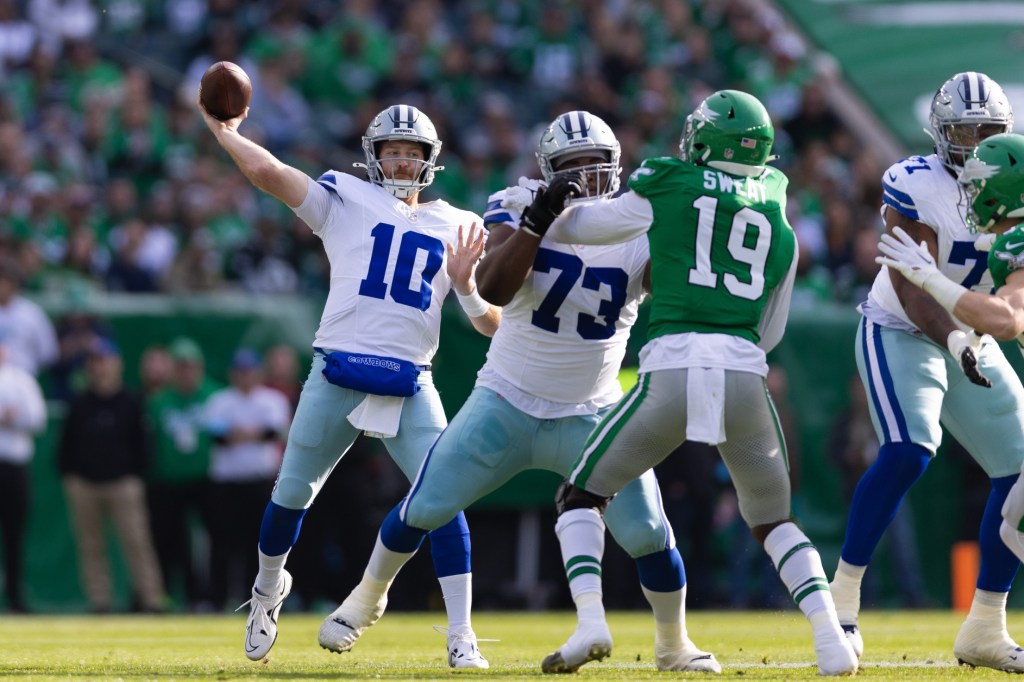UEFA, European soccer’s governing body, launched a Carbon Footprint Calculator at Arsenal’s Emirates Stadium on Wednesday as a path to teams’ reducing their environmental impact.
The calculator, available to all clubs, comes after a BBC Sport report in the fall estimated that UEFA’s three major tournaments in 2024–25, which include the Champions League, will result in roughly 2 billion air miles traveled, a half billion increase from the previous campaign. (BBC Sport estimated that the latest total equated to roughly 4,000 trips to the Moon and back.)
The calculator, which is custom-made for the soccer industry and in compliance with Greenhouse Gas Protocol, will assess carbon emissions from soccer-specific areas, such as travel, purchased goods, facilities, and logistics. UEFA is part of the United Nations’ “Race to Zero” campaign, which asks for a 50% reduction in carbon emissions by 2030, and to reach zero by ’40.
So what does the science community think of UEFA’s calculator?
“This is a good first step,” says Katharine Hayhoe, a climate scientist at Texas Tech who serves as the chief scientist for the global conservation organization the Nature Conservancy. But she also says there are a lot of things she’d like to see UEFA implement if it’s serious about reducing—not just monitoring—its carbon footprint among its teams, because this is one of the rare areas where teams should be comfortable sharing information with one another. European clubs and their academies bring in millions of dollars in revenue, and they have the ability to create demand at scale for markets that are relatively unknown. Hayhoe points out that products such as carbon-negative apparel already exist, while carbon-neutral turf is still in its nascency. UEFA is in a position, she says, to make those markets mainstream if the group is serious about reducing its footprint.
“I would like to see each team be able to access their own numbers, other teams’ numbers—and it would be great if the public can also access the numbers,” Hayhoe says. “Transparency would be phenomenal.”
A natural place for UEFA to reduce its carbon footprint is in travel. Hayhoe points to the Alpine skiing World Cup’s changing its schedule due to climate change as a good example of altering an event to reduce travel without changing its identity. In recent years, the NBA has also made efforts to reduce travel, establishing the idea of the mini-series, where a team plays an opponent twice in a row to avoid a return trip. UEFA has already announced that the 2024 Euro Championship, which will take place in Germany, will have its schedule tailored in part to reduce travel.
Hayhoe says UEFA’s calculator is a start, but there’s a lot more that can be implemented. “We need to see meaningful annual goals,” she says. “They cannot set goals for 2035 or ’50. We have to have goals for every single year. And there needs to be reporting on what was accomplished every single year. It would be phenomenal if every team had a rep and their job was to share what worked and what didn’t. There should be communication and learning from each other.”

















